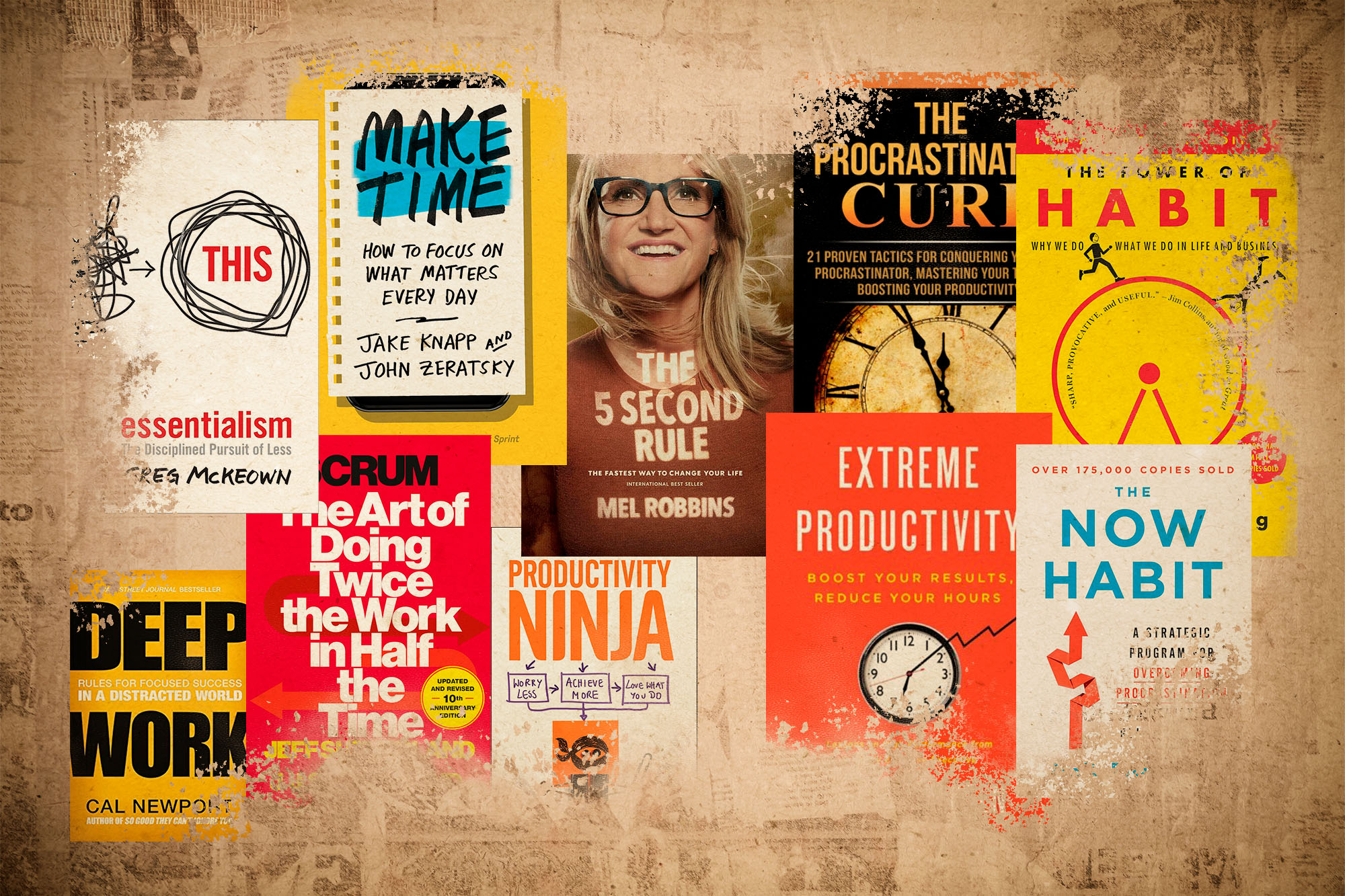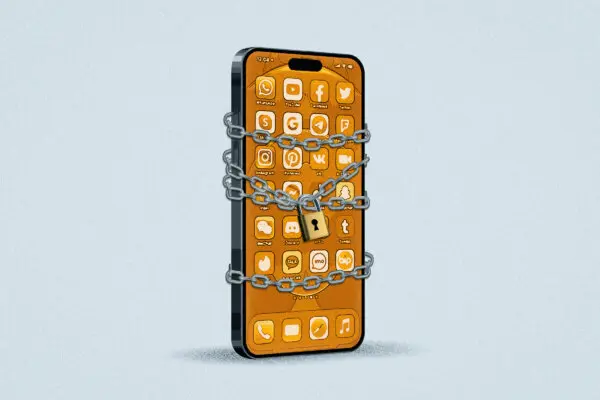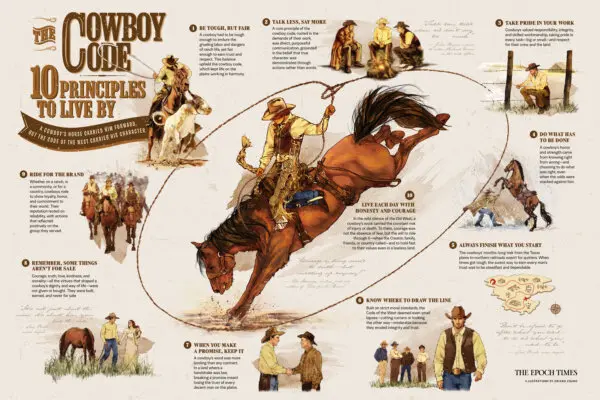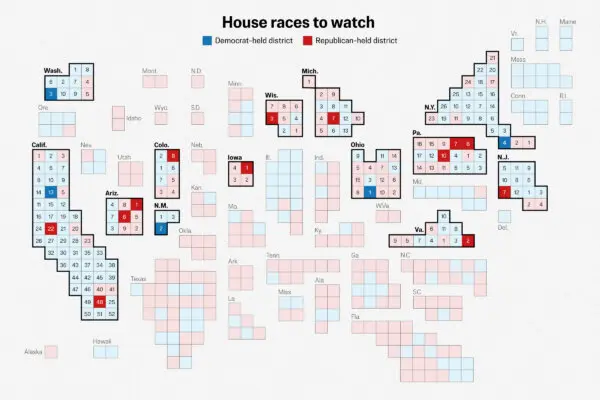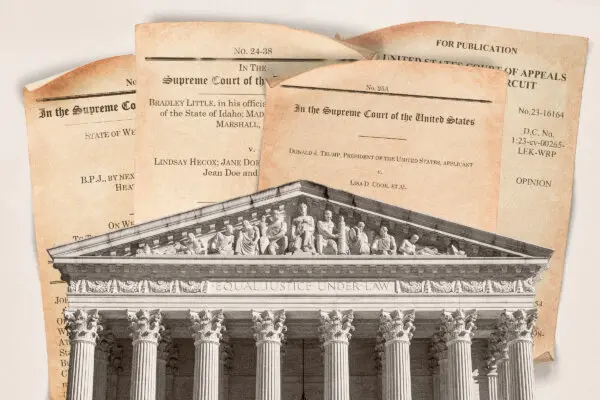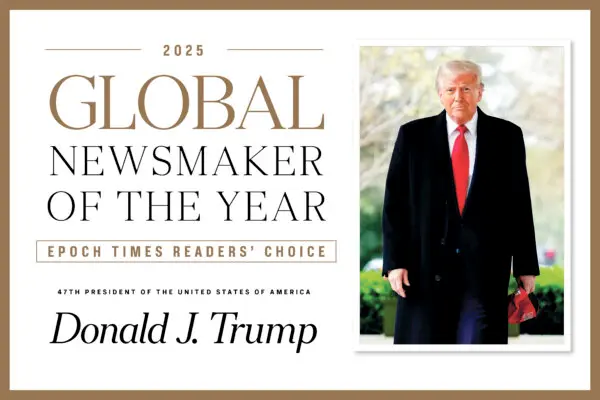“There aren’t enough hours in the day” is a common refrain among people who feel like they always have too much on their plates. However, productivity can be boosted by making an active effort to do so. Reading relevant books for tips is one effective method to get started. The following list has many suggestions, several of which are free Audible titles. A key trait of productive people is having the ability to make a decision and act on it without hesitation. Because overthinking anything can lead to an inability to move forward, Mel Robbins suggests making a new habit in “The 5 Second Rule.” Broken down, her method allows no more than five seconds to consider what to do before moving forward. Learning to trust one’s intuition can be a freeing experience, and it can significantly improve productivity by eliminating debilitating hesitation. Her method can be applied to personal and work-related issues.
A key trait of productive people is having the ability to make a decision and act on it without hesitation. Because overthinking anything can lead to an inability to move forward, Mel Robbins suggests making a new habit in “The 5 Second Rule.” Broken down, her method allows no more than five seconds to consider what to do before moving forward. Learning to trust one’s intuition can be a freeing experience, and it can significantly improve productivity by eliminating debilitating hesitation. Her method can be applied to personal and work-related issues.
‘The 5 Second Rule: Transform Your Life, Work, and Confidence With Everyday Courage’ by Mel Robbins
 A key trait of productive people is having the ability to make a decision and act on it without hesitation. Because overthinking anything can lead to an inability to move forward, Mel Robbins suggests making a new habit in “The 5 Second Rule.” Broken down, her method allows no more than five seconds to consider what to do before moving forward. Learning to trust one’s intuition can be a freeing experience, and it can significantly improve productivity by eliminating debilitating hesitation. Her method can be applied to personal and work-related issues.
A key trait of productive people is having the ability to make a decision and act on it without hesitation. Because overthinking anything can lead to an inability to move forward, Mel Robbins suggests making a new habit in “The 5 Second Rule.” Broken down, her method allows no more than five seconds to consider what to do before moving forward. Learning to trust one’s intuition can be a freeing experience, and it can significantly improve productivity by eliminating debilitating hesitation. Her method can be applied to personal and work-related issues.Excerpt: “By counting backward from five to one, you can interrupt hesitation, self-doubt, and procrastination. Whether it’s getting out of bed, making a phone call, or pursuing your dreams, this rule empowers you to act decisively.” Distractions come in all shapes and sizes, from email notifications to chatty co-workers. The ability to tune them out is the mark of a productive person, but that’s easier said than done. In “Deep Work,” author Cal Newport uses notable examples of people who have found ways to master the art of laser-like focus. Two key suggestions: Cut back on social media and create a daily plan that focuses on important tasks. Set aside tasks that don’t require immediate attention so they don’t become productivity-impairing distractions.
Distractions come in all shapes and sizes, from email notifications to chatty co-workers. The ability to tune them out is the mark of a productive person, but that’s easier said than done. In “Deep Work,” author Cal Newport uses notable examples of people who have found ways to master the art of laser-like focus. Two key suggestions: Cut back on social media and create a daily plan that focuses on important tasks. Set aside tasks that don’t require immediate attention so they don’t become productivity-impairing distractions.
‘Deep Work: Rules for Focused Success in a Distracted World’ by Cal Newport
 Distractions come in all shapes and sizes, from email notifications to chatty co-workers. The ability to tune them out is the mark of a productive person, but that’s easier said than done. In “Deep Work,” author Cal Newport uses notable examples of people who have found ways to master the art of laser-like focus. Two key suggestions: Cut back on social media and create a daily plan that focuses on important tasks. Set aside tasks that don’t require immediate attention so they don’t become productivity-impairing distractions.
Distractions come in all shapes and sizes, from email notifications to chatty co-workers. The ability to tune them out is the mark of a productive person, but that’s easier said than done. In “Deep Work,” author Cal Newport uses notable examples of people who have found ways to master the art of laser-like focus. Two key suggestions: Cut back on social media and create a daily plan that focuses on important tasks. Set aside tasks that don’t require immediate attention so they don’t become productivity-impairing distractions.